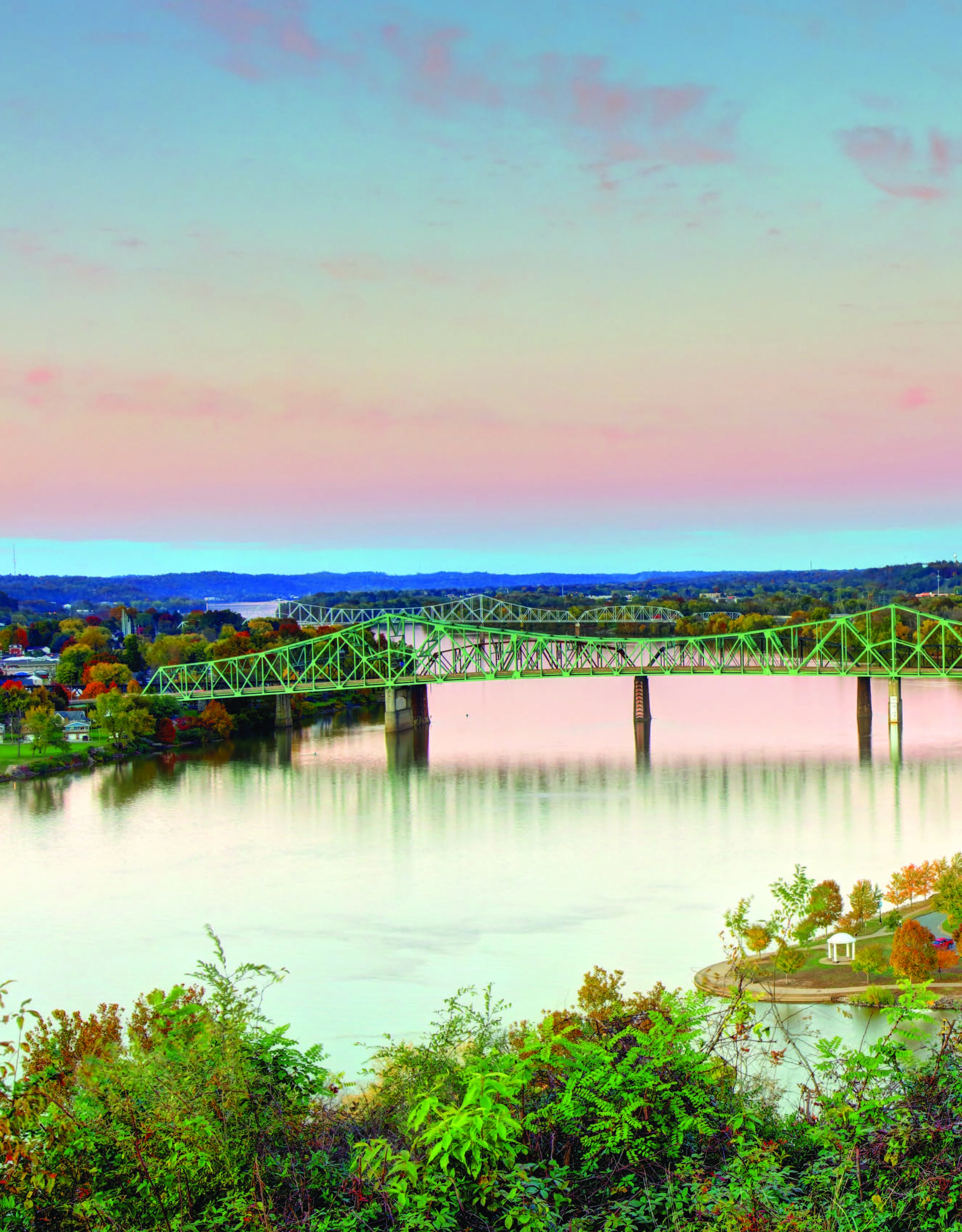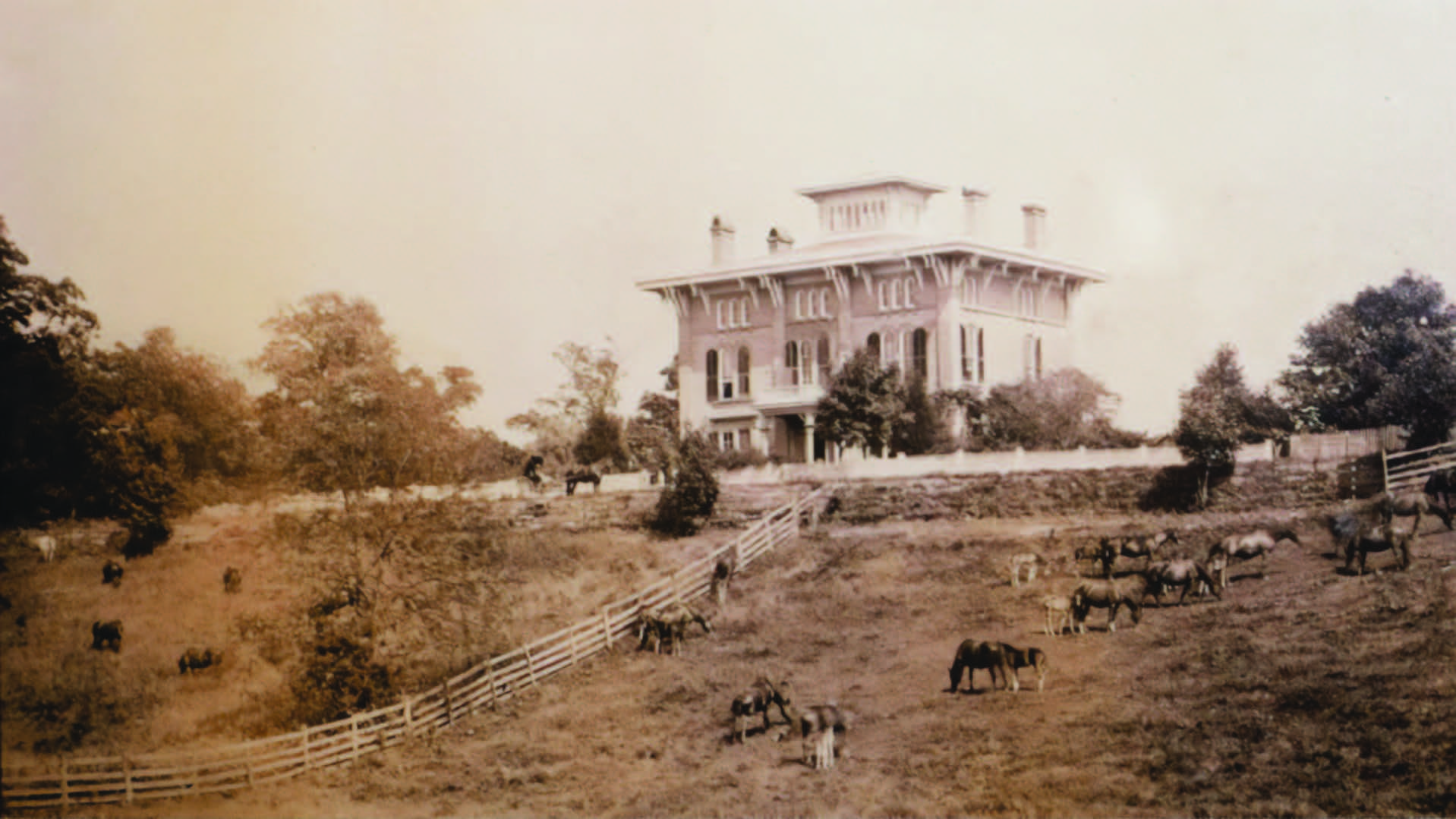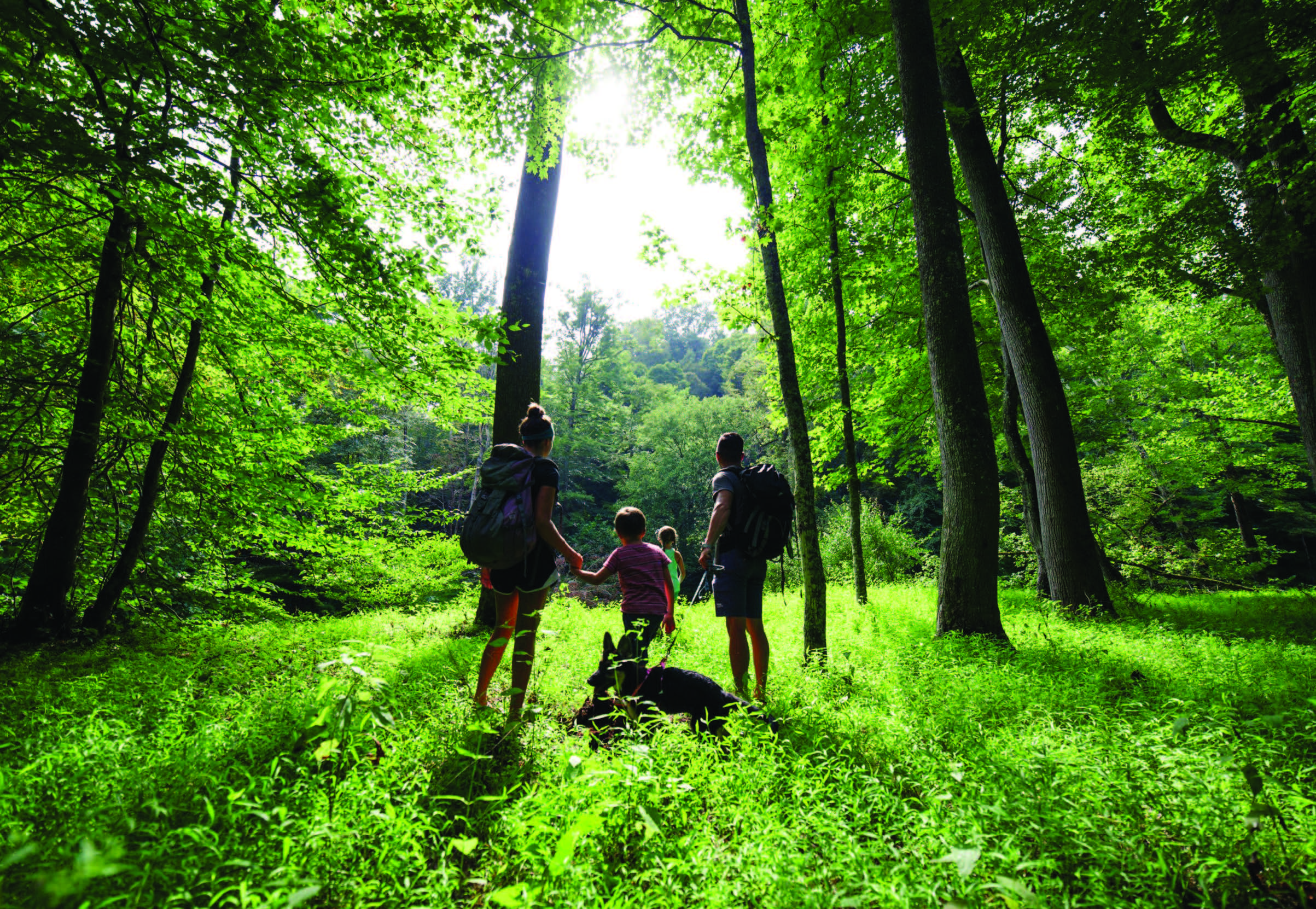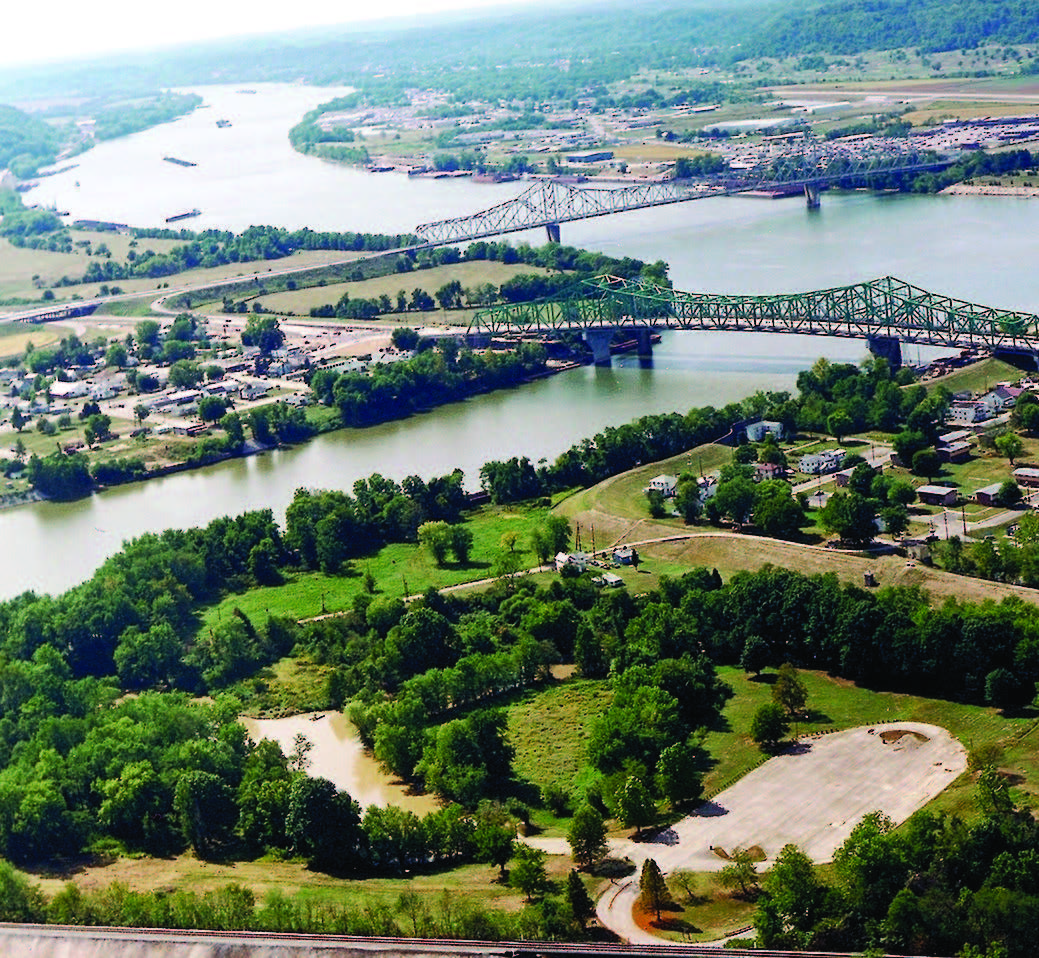Home to the city of Parkersburg, two rivers and eight counties, this region combines rich history and scenic splendor.

In 1770 future United States President George Washington canoed down the Ohio River from what is now Pittsburgh in search of an ideal location to establish a colony. When he came upon the confluence of the Ohio and Kanawha rivers on the border of what would later become the states of West Virginia and Ohio, he knew he had found the perfect locale.
Unfortunately, his dream was not to be. His event-filled life left no time or opportunity for him to return to the Ohio Valley and pursue his idea of settling it. Nonetheless, the thriving communities that now dot the Mid-Ohio Valley are eloquent testimony to Washington’s bold vision.
Jill Parsons, president of the Chamber of Commerce of the Mid-Ohio Valley, says that today her organization is working closely with the Wood County Economic Development Authority to encourage new businesses to relocate to the Mid-Ohio Valley.
“We take great pride in the quality of our workforce, access to local government, our education system and the number of historical and recreational attractions in our area,” notes Parsons. “These are some of the many reasons a new business might choose to locate in Wood County.”

Parkersburg is by far the region’s largest city. In the steamboat era, it was a bustling river town. But it was the 1857 arrival of the Baltimore & Ohio Railroad that triggered its greatest growth. In 1860, the first oil wells were drilled at Burning Springs, about 40 miles up the Little Kanawha from Parkersburg. Soon more wells were drilled at nearby Sistersville. Before long a forest of wells was producing what seemed like an ocean of oil.
Today, Parkersburg’s Oil & Gas Museum, located in a vintage building on Third Street, features an impressive collection of antique tools and equipment.
Among the Mid-Ohio Valley’s premier historical attractions is Blennerhassett Island. When Irish exiles Harman and Margaret Blennerhassett came to America, they made their way down the Ohio to a nameless island that soon would be named for them.
In an area where most people lived in tiny log cabins, the Blennerhassetts erected an elaborate mansion. But the couple became entangled in Aaron Burr’s treasonous effort to break away from the United States and establish a new country in the Southwest. When the Virginia militia invaded the island, intent on arresting the Blennerhassetts, they were forced to flee their paradise, never to return. Their abandoned mansion burned to the ground in 1811.

Today, a reconstructed mansion, erected on the foundation of the legendary Blennerhassett home, is the centerpiece of a state park that attracts more than 50,000 visitors a year. The island park is accessed by sternwheeler riverboat from Point Park on Second Street in Parkersburg. Once on the island, visitors may tour the mansion and grounds and enjoy horse-drawn carriage rides.
In the 1880s, Parkersburg was in the midst of its oil and gas boom when prominent businessman William Nelson Chancellor embarked on building a new hotel. He was determined it would be second to none. Named in honor of Harman Blennerhassett, his Blennerhassett Hotel opened in 1889 and was an elegant showplace for what would become known as the Gaslight Era. Closed for several years, the hotel was given a total renovation in 1986 and today again welcomes weary travelers.
“Today the hotel pays tribute to its namesake with subtle nods to the past scattered through its halls,” says Ashley Perry, the hotel’s marketing manager. “From historical photographs to artifacts that tell the story of Parkersburg’s heritage, every corner of the hotel is storied with history waiting to be discovered.”
Parkersburg’s Julia-Ann Square Historic District is West Virginia’s oldest and largest historic district. Built between 1850 and 1910, its 40-plus houses once were home to businessmen, bankers, professionals and political figures who had the money required to construct the finest houses of the time. Today the houses, which remain private homes, are not open to the public; but a walking tour offers an opportunity to marvel at the grandeur of elegant Victorian architecture. Free copies of a tour guide are available at the Greater Parkersburg Convention & Visitors Bureau.

Nearby, in the small town of Boaz, stands Henderson Hall, built in the 1850s by George Washington Henderson. In the years before the Civil War, Henderson Hall was the centerpiece of a sprawling plantation. Members of the Henderson family lived at the site until 1954. Today, the home is a museum, containing a sizable collection of historic items.
Located approximately 25 miles east of Parkersburg is beautiful North Bend State Park and the 72-mile North Bend Rail Trail, part of West Virginia’s growing network of trails fashioned from abandoned railroad rights-of-way. The park offers fishing, boating, swimming and camping. The rail trail, once part of the B&O’s main line, is perfect for hiking, biking and horseback riding.
Venture down the Ohio River from Parkersburg and you come to Point Pleasant, built where the Kanawha River joins the Ohio. People in Point Pleasant like to boast that Tu-Endie-Wei (the point between two waters, as the Native Americans called it) was the scene of the first battle of the American Revolution. Historians, however, point out that the Battle of Point Pleasant was actually part of Lord Dunmore’s War, one of a series of Indian conflicts. The Oct. 10, 1774, battle between the Virginia militia, led by General Andrew Lewis, and the Mingo and Shawnee warriors under Chief Cornstalk, broke the power of the Indigenous tribes in the Ohio Valley.
Today, the site is a small park, with an 84-foot granite shaft that commemorates the battle. The park also includes a log home built in 1796 by Walter Newman. It housed a tavern as well as Newman’s family of 13 children.